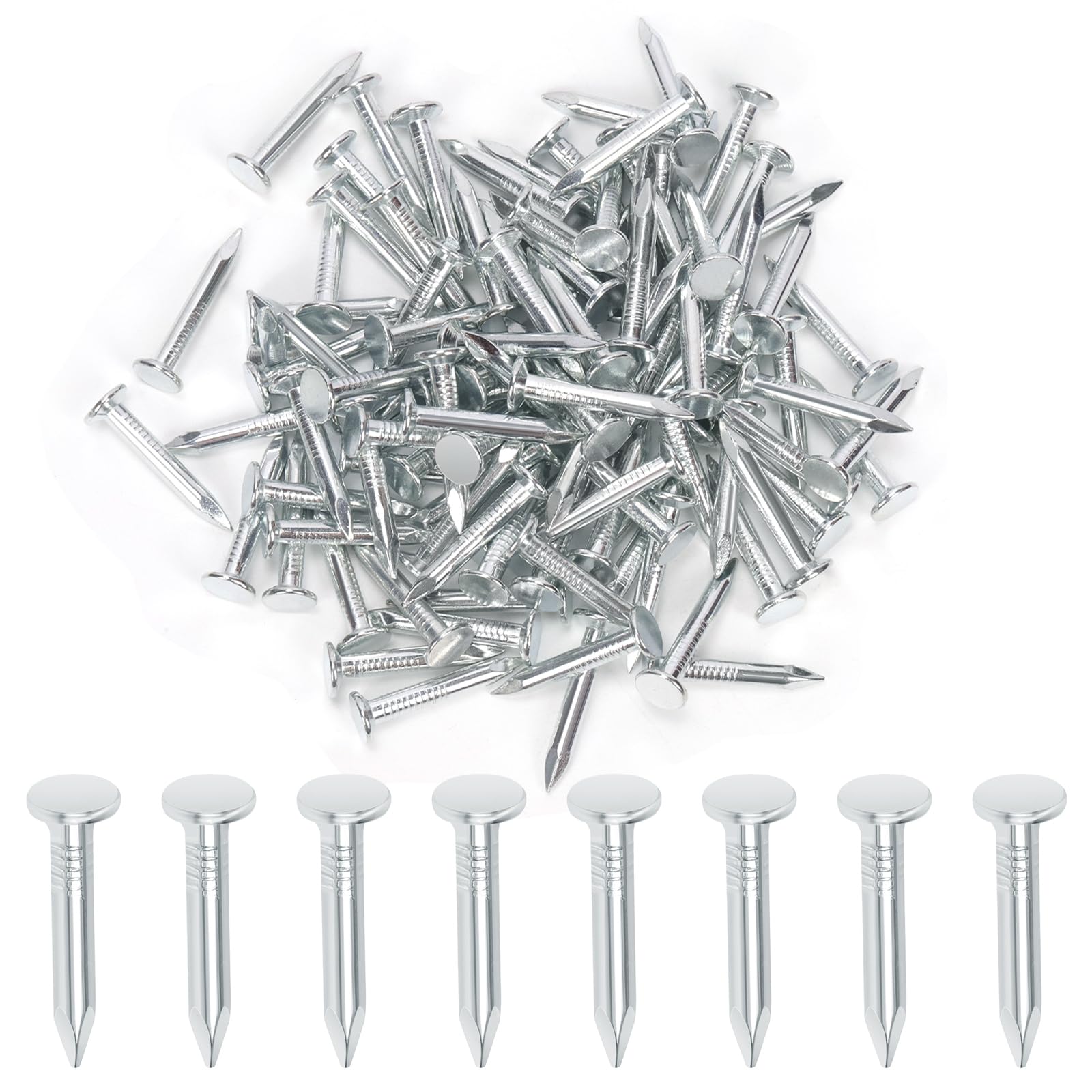🌬️ Roof Ventilation Guide – Prevent Heat, Moisture & Mold with Proper Airflow

Roof ventilation is one of the most overlooked but vital parts of a long-lasting roof system. Without adequate airflow, trapped heat and humidity can damage shingles, rot decking, and grow mold in the attic. This guide breaks down how roof vents work, how to size them correctly, and how to choose the best type for your home.
🔥 Why Roof Ventilation Is So Important
A properly ventilated roof allows warm, moist air to escape through exhaust vents near the ridge while cooler, dry air enters through soffit vents. This natural airflow prevents:
- 🌡️ Excess attic heat that causes shingles to age prematurely
- 💧 Condensation and mold that lead to wood rot and insulation damage
- ⚡ High energy bills by reducing AC strain during summer months
- ❄️ Ice dam formation in cold climates where snow melts unevenly
⚙️ How Roof Ventilation Works
Every balanced ventilation system relies on two forces: intake air (cool, fresh air drawn through soffit vents) and exhaust air (hot, humid air expelled through ridge or roof vents). Warm air naturally rises, creating a continuous cycle known as the stack effect.
✅ Rule of Thumb: Provide 1 sq. ft. of ventilation for every 150 sq. ft. of attic floor area. Half should be intake (soffit), half exhaust (ridge or roof vents).
🏗️ Types of Roof Ventilation Systems
Not all roof vents are created equal. Here’s a breakdown of the most common intake and exhaust types:
🕳️ Intake Vents
- Soffit Vents: Installed under eaves; provide steady cool-air intake.
- Edge or Starter Vents: Alternative intake for homes without soffits.
💨 Exhaust Vents
- Ridge Vents: Continuous vent along the roof peak; most effective design.
- Gable Vents: Mounted on exterior walls; allow cross-ventilation in older homes.
- Box (Static) Vents: Passive vents spaced evenly near the ridge.
- Powered Attic Fans: Electric or solar fans that boost airflow in large or humid attics.
- Turbine Vents: Wind-driven vents that spin to exhaust hot air.
🔧 Roof Vent Installation Tips
- 1. Balance intake and exhaust.
Never install only exhaust vents — air must enter from soffits to circulate properly. - 2. Place vents high and low.
Exhaust vents near the ridge, intake vents at eaves or soffits. - 3. Don’t mix vent types.
Avoid combining ridge and gable vents on the same roof; it disrupts natural airflow. - 4. Cut clean openings.
Use a jigsaw or oscillating tool for accurate vent openings and seal edges with roofing cement. - 5. Use proper fasteners.
Install vents with galvanized nails or screws and apply sealant around flanges.
🔧 Recommended Roofing Tools & Supplies
Disclosure: This section contains affiliate links. As an Amazon Associate, we earn a small commission from qualifying purchases — helping us keep SmartRoofingCalculator free to use.
💡 Pro Tips from Roofers
- Match intake and exhaust vent area within 10% for ideal airflow balance.
- Clean soffit vents yearly to remove dust or paint blockages.
- Install ridge vent baffles under shingles for weather resistance.
- In hot climates, consider solar-powered attic fans for extra airflow.
- In cold regions, ensure insulation baffles prevent warm air leaks into attic space.
⚠️ Signs of Poor Roof Ventilation
- High summer energy bills
- Musty attic smell or visible mold
- Condensation on nails or rafters
- Ice dams forming on eaves in winter
- Warped shingles or roof deck discoloration
❓ FAQ – Roof Ventilation Questions
Q: How do I know if my roof has enough ventilation?
Check attic temperature — it should match outside air within 10–15°F. Also look for 1 sq. ft. of vent area per 150 sq. ft. of attic space.
Q: Can I add more vents to an existing roof?
Yes. Additional soffit or ridge vents can be added easily when reroofing or through retrofitting.
Q: Which vents are best for hot climates?
Ridge and soffit vent systems paired with solar attic fans perform best in warm regions.
Q: Should I close vents in winter?
No. Roof ventilation should remain open year-round to prevent condensation and ice damming.
📚 Related Guides:
How to Install Roof Underlayment •
How to Install Roof Shingles •
How to Repair Roof Leaks


